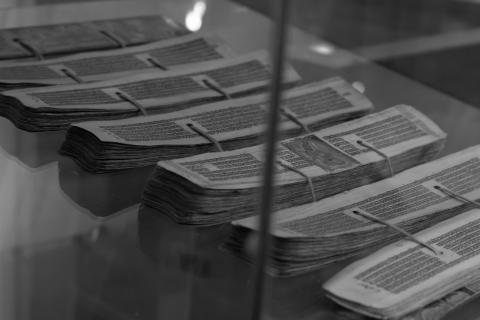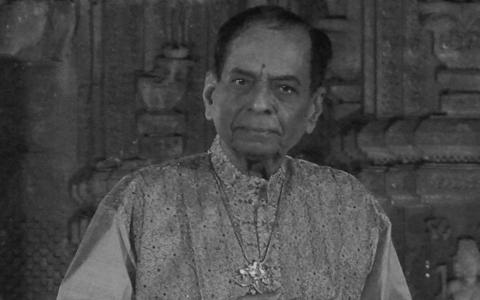December 2016

We had an overview of Bharata Muni’s Naatyashaastra in the previous article. We picked only one shloka from the 6000 that Bharata has written and analyzed its meaning. We have seen that just like all other art forms, dance too is governed by techniques as laid down by the shaastra. We also discussed the advantage of relying on shaastra and on classical heritage.
[contextly_sidebar id="GATH9jaNSqdcTVbkcwVfxnQ2lL5IfCUY"]
Shaastra is like the...

About a week ago, Dr. M. Balamuralikrishna passed away.
When we think about his talent and scholarship, cogitate about his achievements and personality, we feel that a legendary saga has passed by. Beyond the specialties and eccentricities of his personality, what attracted the world by the force of its brilliance was his art.
To put it simply, Balamurali made people fall in love with music and cherish it. He is among the few who made Carnatic...

We shall have a look at Indian dance from the perspective of shaastra and heritage (sampradaaya).
Indian dance, just like other art forms and knowledge systems of India, is idealized. It mainly shows us how things ought to be and not how they currently are or how they appear to be. In other words, it helps us look at nature from the perspective of culture. Bharata Muni speaks of this at the beginning of the Naatyashaastra (1.107 to 1.123)...
